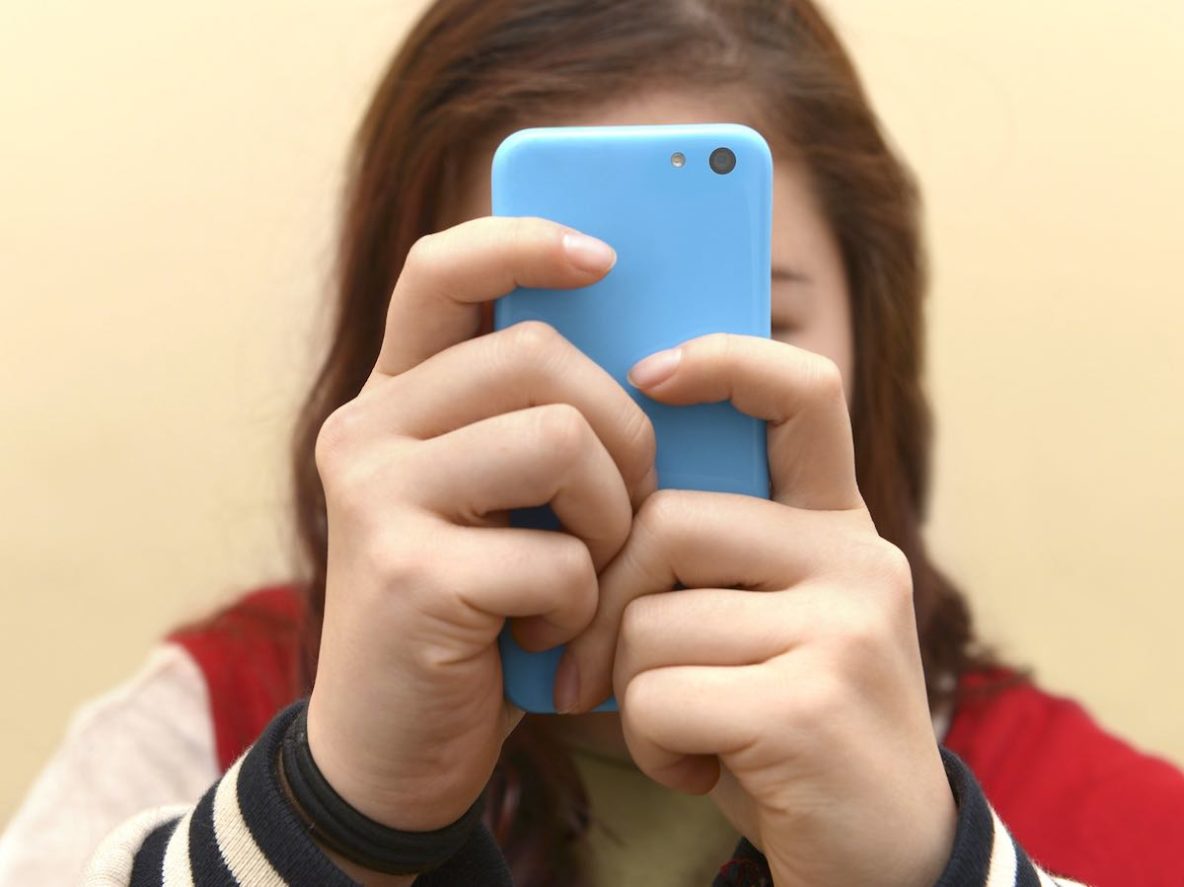Most teens today own a smartphone and go online every day, and about a quarter of them use the internet “almost constantly,” according to a 2015 report by the Pew Research Center.
Now a study published Tuesday in JAMA suggests that such frequent use of digital media by adolescents might increase their odds of developing symptoms of attention deficit hyperactivity disorder.
“It’s one of the first studies to look at modern digital media and ADHD risk,” says psychologist Adam Leventhal, an associate professor of preventive medicine at the University of Southern California and an author of the study.
When considered with previous research showing that greater social media use is associated with depression in teens, the new study suggests that “excessive digital media use doesn’t seem to be great for [their] mental health,” he adds.
Previous research has shown that watching television or playing video games on a console put teenagers at a slightly higher risk of developing ADHD behaviors. But less is known about the impact of computers, tablets and smartphones.
Because these tools have evolved very rapidly, there’s been little research into the impact of these new technologies on us, says Jenny Radesky, a pediatrician at the University of Michigan, who wrote an editorial about the new study for JAMA.
Each new platform reaches millions of people worldwide in a matter of days or weeks, she says. “Angry Birds reached 50 million users within 35 days. Pokémon Go reached the same number in 19 days.”
Research into their effects hasn’t been able to keep pace with the technological evolution, she adds.
“So it’s nice to finally to have some evidence on longer term impact that [these technologies are] having on children,” says Radesky.”I think it shows that something is going on, that there is an association, even if small, between these type[s] of media use habits throughout the day with emerging inattention, trouble with focusing, resisting distraction, controlling your impulses.”
The study followed 2,587 10th graders in schools in Los Angeles county over two years. The teens showed no symptoms of ADHD at the beginning of the study. By the end, teens with more frequent digital media use were more likely to have symptoms of ADHD.
The researchers assessed the students using a standardized questionnaire for ADHD symptoms, including nine symptoms each for inattention and hyperactivity. Students with six or more symptoms in either category were counted as having symptoms of the disorder, based on criteria in the Diagnostic and Statistical Manual Of Mental Disorders.
During the two years of the study, the researchers surveyed the teens every six months and asked them about the frequency of their participation in 14 different kinds of online activities such as texting, sharing on social media and streaming videos or music.
The students reported how many of the 14 activities they did and how often (0, 1-2 times a week, 1-2 times a day, or many times a day). If they did any activity many times, it counted as “high frequency use.”
About half of the students said they check social media sites and text many times every day.
“These results show that teens are really attached to their [digital] technologies, throughout the day,” says Radesky, who wasn’t involved in the new study. “It really captured the pervasive design that so many of these mobile technologies have taken on.”
By and large, students who frequently used six or more activities had a higher likelihood of developing ADHD symptoms.
For instance, among the 51 students who frequently did all 14 online activities, 10.5 percent showed ADHD symptoms over the course of the study. And of the 114 teens who frequently did seven digital activities, 9.5 showed symptoms. In contrast, only 4.6 percent of the 495 kids who didn’t do any of the activities frequently had new ADHD symptoms over the two-year period.
In other words, teens who were high frequency users of seven or 14 digital media platforms were more than twice as likely to develop ADHD symptoms than teens who did not use any media platform at a high frequency rate, notes Leventhal. To read more from RHITU CHATTERJEE, click here.
